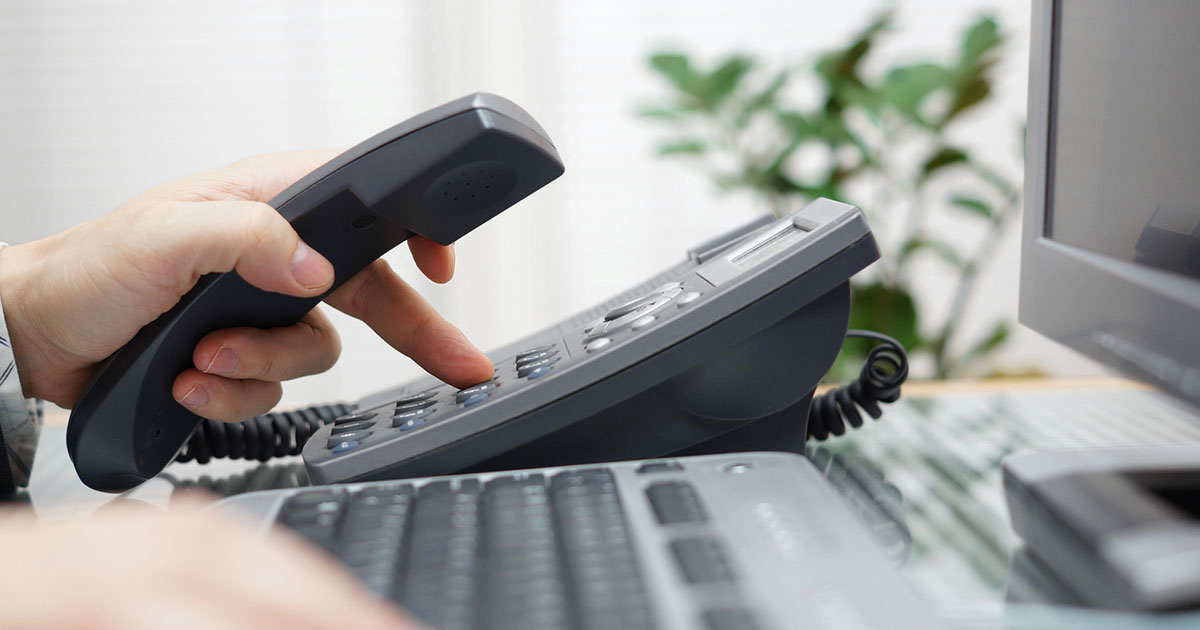In the premium appliance industry, we probably would all agree that “backorder” should be added to the list of overused business words from 2020 – along with, say, “WFH,” “pivot,” and “unprecedented.”
In the past, your process probably involved a member of your sales team entering an appliance order in your system and moving on to the next customer. “Out of sight, out of mind,” as it were. But like so many other areas of your business, the pandemic may force you to rethink how you do things as the anticipated delivery of appliances has shifted from weeks to months. Customer relationships can feel strained, and those strains can lead to angry phone calls, canceled orders, and negative online reviews.
Taking a more progressive approach to communication with your customers can go a long way towards eliminating frustration from customers and stress for your sales team.
Lack of follow-up and on-going communication with customers after the purchase is a flaw in many sales processes. Customer relationships today are much more challenging as delivery timelines have gotten longer. Taking a new, progressive approach might be the answer.
Set realistic expectations on the front end.
It’s crucial to be upfront with customers from the very beginning about the current backorder situation. It doesn’t have to be a negative topic, though. Ask about their timeline early in your conversation to gain a clear understanding of their needs. Offer to call their designer or contractor directly to get details about their timelines. Give them realistic dates so they can change their expectations or adjust their decision-making process. It’s also an opportunity to introduce a comparable product or brand with better availability that was not on the customer’s radar.
Don’t put off the hard phone call.
Closing the sale in the showroom is an exciting moment for you and your clients. But once the order is processed and in your system, you may still get word that there are delays you didn’t anticipate. Don’t wait too long to inform your client about the situation. You may hope if you wait, the backorder flag will magically disappear. Odds are it won’t. Call your client as soon as you can to let them know where things stand, and let them know that you’ll keep them posted.
Make regular customer updates part of your process.
Then do it. Keep them posted. Plan to make regular calls to all clients with backorders to let them know their order’s status. We have a client who embraced this model early last summer when they realized the situation wasn’t going to be changing anytime soon. Every few weeks, they pull a list of all backorders, along with the most recent information about where the product is. They call each customer to give them a brief update on their new appliances—even if it’s “Not much has changed since last time I called, but I wanted to let you know we’re still keeping an eye on your order.”
This brief but polite update can diffuse a lot of frustration and create a positive connection with clients. Instead of customers calling to demand an update on where their appliances are and why they haven’t heard anything from you, you’ve proactively reached out to keep them informed. Most customers understand that you’re doing the best you can in a challenging situation, but they appreciate that you’re not making excuses and are working to keep them in the loop.
We’d encourage you to take the time to try this approach with your backorders. Not many dealers are—odds are your competitors aren’t—and adding this extra communication is an easy step to create lifelong customers.

